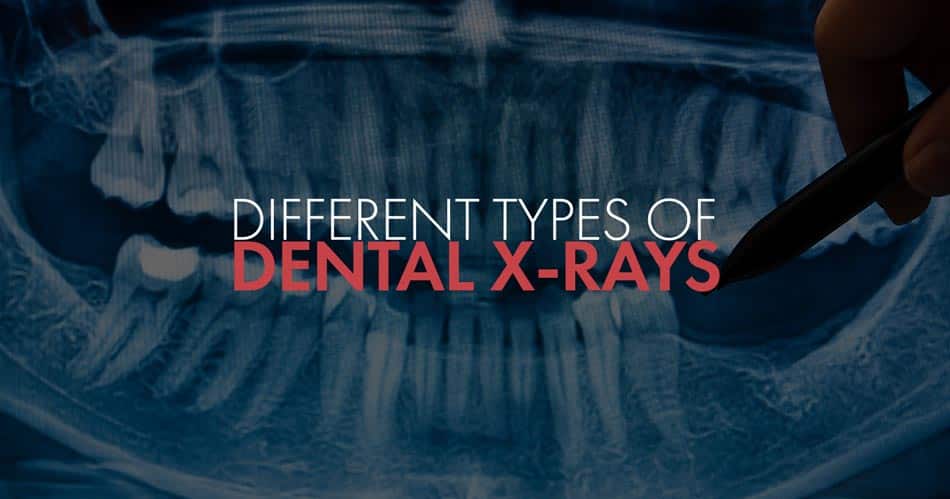When you visit the dentist, you might find that X-rays are an integral part of your dental examination. These X-rays provide invaluable insights into your oral health, enabling dentists to diagnose issues accurately and design appropriate treatment plans. In this article, we will take an in-depth look at the various types of dental X-rays that are commonly performed during dental visits. By understanding each type, you can be informed about the importance of these X-rays and how they contribute to your overall oral well-being.
- Bitewing X-Rays
Bitewing X-rays are some of the most frequently taken X-rays during a dental check-up. These X-rays focus on the crowns of the upper and lower back teeth and are used to detect issues that might be hiding between teeth or under dental fillings. They are particularly effective in identifying early signs of cavities in their initial stages, even before they are visible to the naked eye.
How They Work – During a bitewing X-ray, you’ll bite down on a piece of X-ray film. This captures the image of your teeth and their contact points, allowing the dentist to spot any signs of decay or deterioration.
Why They’re Important – Bitewing X-rays help catch dental problems when they’re small, preventing the need for extensive treatment later on. Early detection means less invasive procedures and healthier teeth.
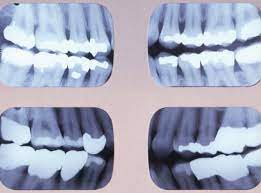
- Periapical X-Rays
Periapical X-rays provide a close-up view of individual teeth, from their crowns to the roots. These X-rays are instrumental in diagnosing issues related to the roots and supporting bone, such as infections, abscesses, and abnormalities.
How They Work – A periapical X-ray involves placing a film or digital sensor near the targeted tooth. The X-ray captures a detailed image of the entire tooth structure, from crown to root.
Why They’re Important – Periapical X-rays help dentists understand the complete health of a single tooth. They’re crucial for diagnosing infections and determining the extent of damage that might not be apparent from the surface.
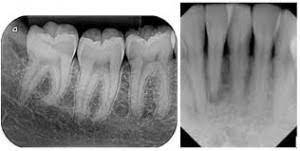
- Panoramic X-Rays
Panoramic X-rays offer a broad view of your entire mouth, including all your teeth and the surrounding structures. These X-rays are especially useful for evaluating overall dental health, planning treatments, and identifying issues such as impacted teeth and jaw abnormalities.
How They Work – During a panoramic X-ray, you’ll stand or sit while the X-ray machine rotates around your head. This captures a sweeping image of your oral cavity in a single X-ray.
Why They’re Important – Panoramic X-rays provide an overview of your entire oral health landscape. Dentists use them to assess the position of teeth, identify potential problems, and plan orthodontic treatments.
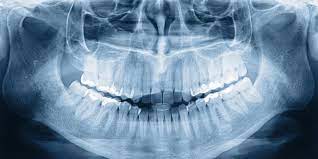
- Cone Beam Computed Tomography (CBCT)
CBCT is a specialized type of X-ray that provides three-dimensional images of your oral structures. It’s particularly valuable for complex dental procedures, including dental implant placement and orthodontic treatment planning.
How They Work – CBCT involves a cone-shaped X-ray beam that rotates around your head, capturing images from multiple angles. These images are then reconstructed into a 3D model of your oral structures.
Why They’re Important – CBCT offers precise and detailed images, making it an essential tool for complex procedures. Dentists can accurately plan and execute treatments, minimizing risks and optimizing outcomes.
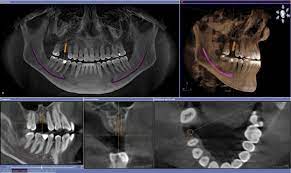
Take Away.
Dental X-rays are more than just images; they are essential diagnostic tools that empower dentists to provide you with the best possible care. Bitewing X-rays catch cavities in their infancy, periapical X-rays unveil issues below the surface, panoramic X-rays provide an overall perspective, and CBCT offers detailed 3D insights. Each type of X-ray serves a specific purpose, uniquely contributing to your oral health.
When your dentist recommends X-rays, it’s because they want to ensure a comprehensive examination and accurate diagnosis. These X-rays help catch problems early, guide treatment decisions, and ensure that your dental care is tailored to your individual needs. By understanding the significance of each type of X-ray, you’re actively participating in your oral health journey, and that’s a key step toward maintaining a healthy and radiant smile for years to come.
To get the best dental X-rays in Nairobi, visit the Nairobi Sterling Dental Clinic located at the Park Suites Building, in Parklands. Here, you will find friendly, trained and experienced medics, who will take care of your dental X-rays for you. We have cutting-edge equipment and technologies to improve patient and medical safety. Moreover, we ensure that the procedure is fast and efficient. Dental X-rays are critical in managing dental health, and at the Nairobi Sterling Dental Clinic, we offer you the best dental X-ray experience. Feel free to get in touch with us, for enquiries or booking your appointments.

